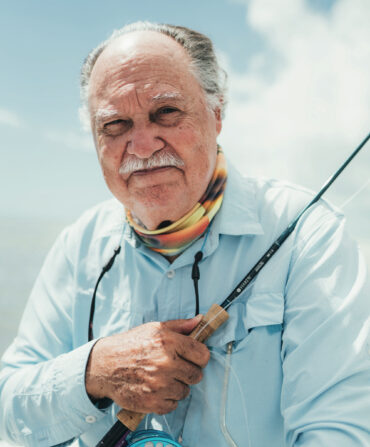Sporting
A Lens on Women in the Field
Photographer answers her own question—‘Why can’t I picture more women hunting?’—with a new exhibition
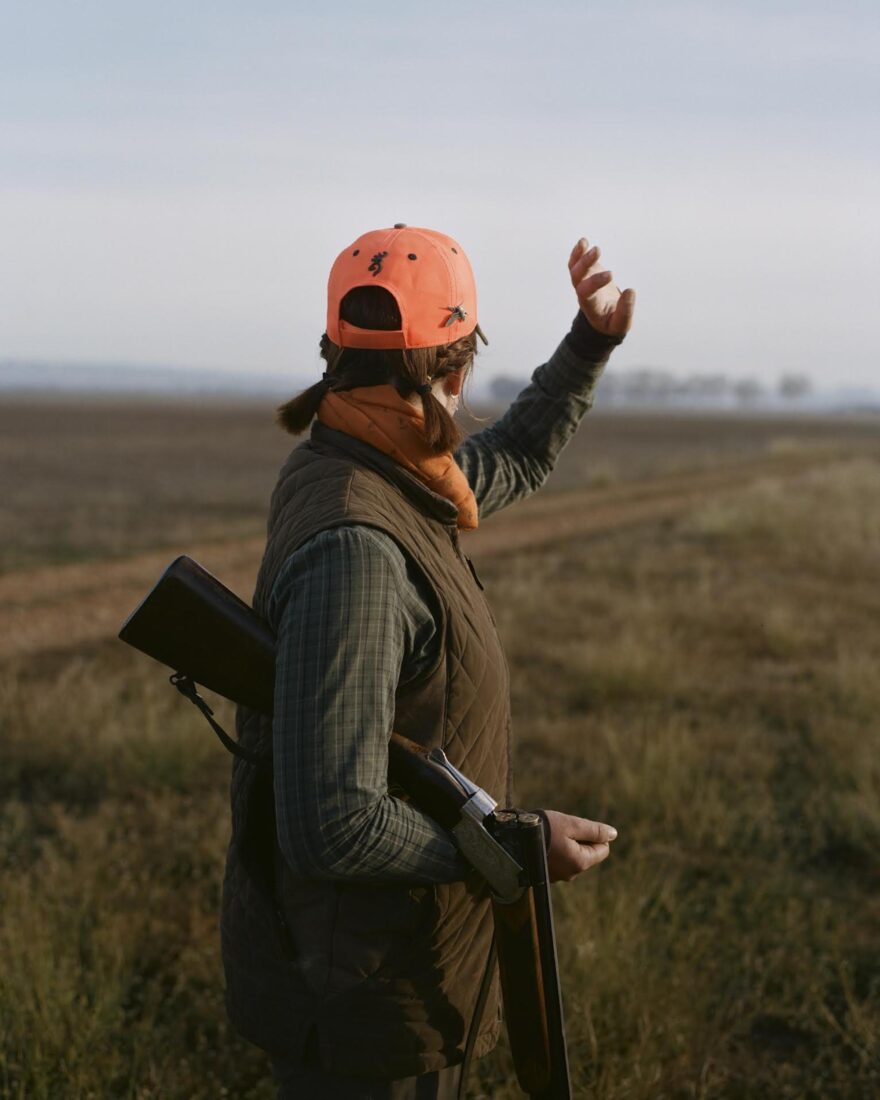
Photo: Camille Farrah Lenain
When a friend of the French photographer and filmmaker Camille Farrah Lenain told her she hunted, Lenain was surprised. “I had to ask myself, why can’t I picture more women hunting?” she says. To answer her own question, the Paris native, who lives in New Orleans, spent the next five years joining women in southern France and rural Louisiana in the field, documenting their relationships to the land, to each other, and to the animals they harvest.
The result—an exhibition featuring portraits, photos of harvests and landscapes, plus audio of female hunters sharing their perspectives—opened on March 2 and will run through May 26 at the NUNU Arts and Culture Collective in Arnaudville, Louisiana. “The project is inspired by mythology and the goddesses of the hunt like Artemis and Diana, who are both protectors and destroyers,” Lenain says. “I wanted to explore that tension of these women as those who give and take life.” And above all, she wanted to capture the deep bonds she witnessed in the field. “I came to see these huntresses as a sisterhood, supporting and relying upon one another.”
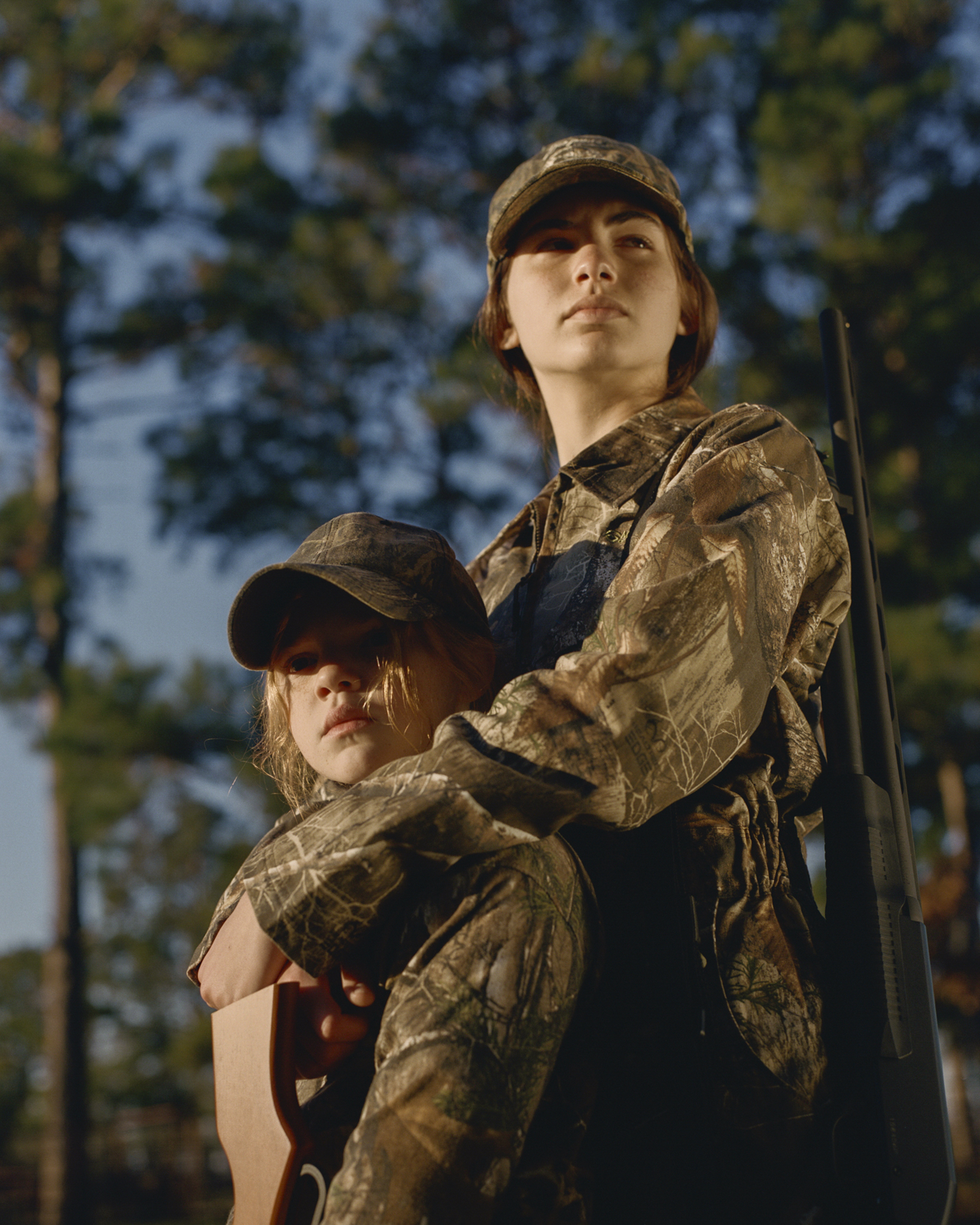
Camille Farrah Lenain
These two girls from St. Martinville had just finished their first duck hunt, and the younger sister holds a BB gun she used for practice. “It was really sweet, and really intense at the same time, to see the pressure of these young girls learning from their dad,” Lenain remembers.

Camille Farrah Lenain
Lenain snapped this shot of a gambrel awaiting a deer carcass in the early morning light in Arles, France. But the hunt wasn’t successful. “This image makes me think of the absence of the animal—of all the times a hunt doesn’t bring a harvest, because that’s part of the experience.”
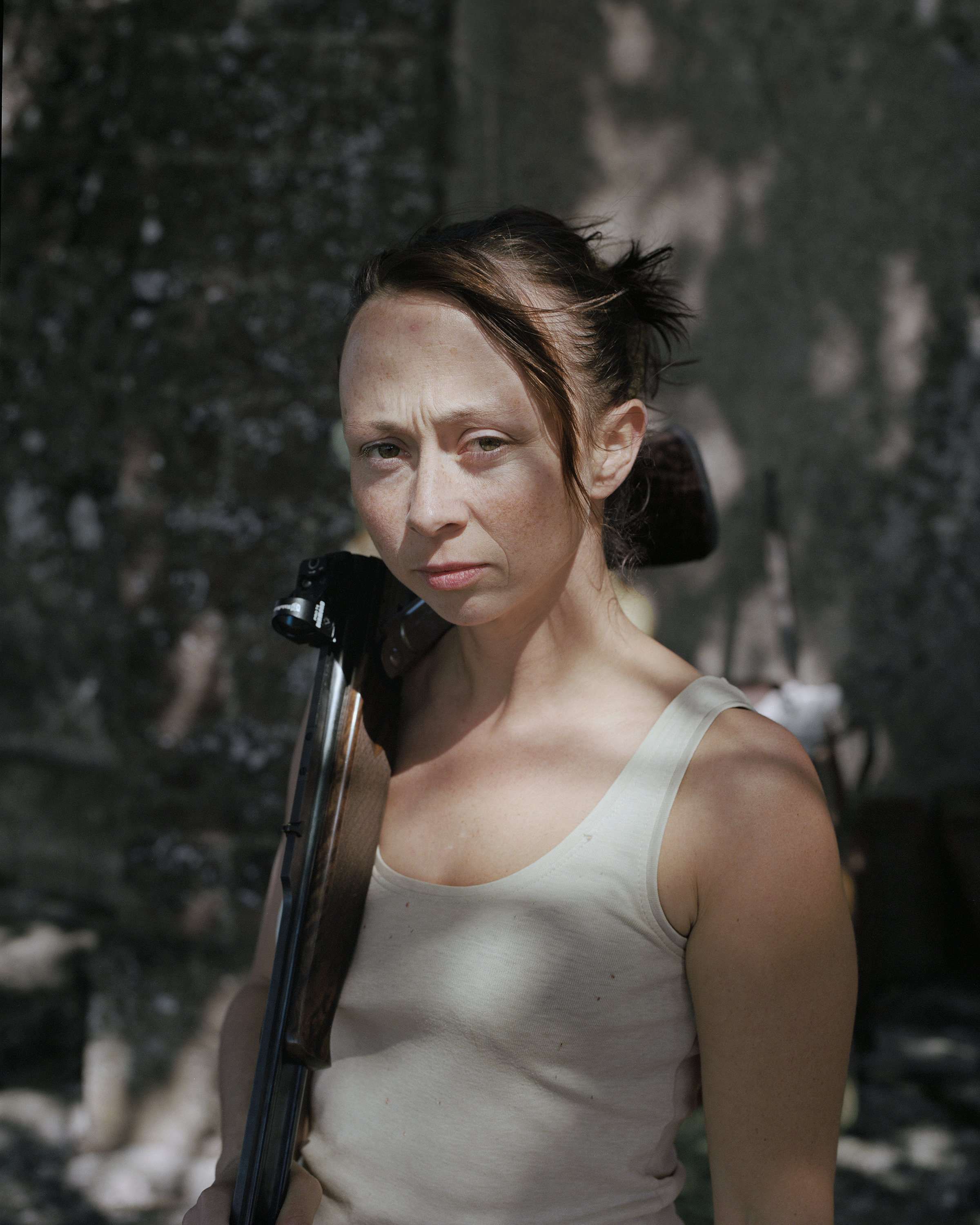
Camille Farrah Lenain
Aurélie, a huntress in the Pyrénées Mountains of France, had just finished cleaning a hog when Lenain captured her portrait, gun over her shoulder. “I love the subtle details in this shot,” Lenain says. “How soft her skin looks, the flecks of blood on her shirt. She carries that tension and that duality.”
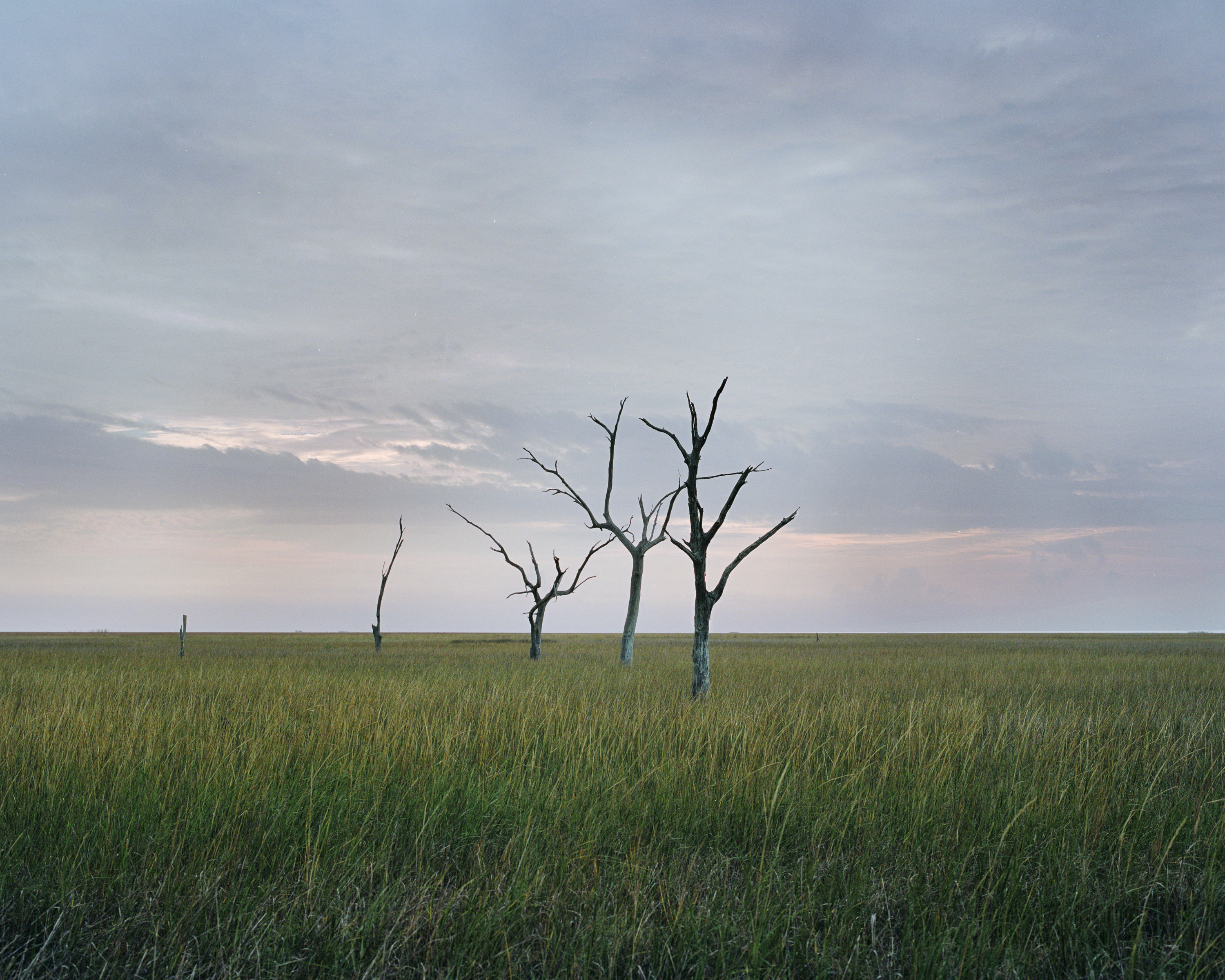
Photo: Camille Farrah Lenain
Lenain also wanted to explore the landscapes of the hunts, through shots like this one of bald cypresses standing in a marsh in Grand Isle, Louisiana. “Sometimes, outside of the hunts, I would just take road trips in the region and think about the land that creates these experiences.”
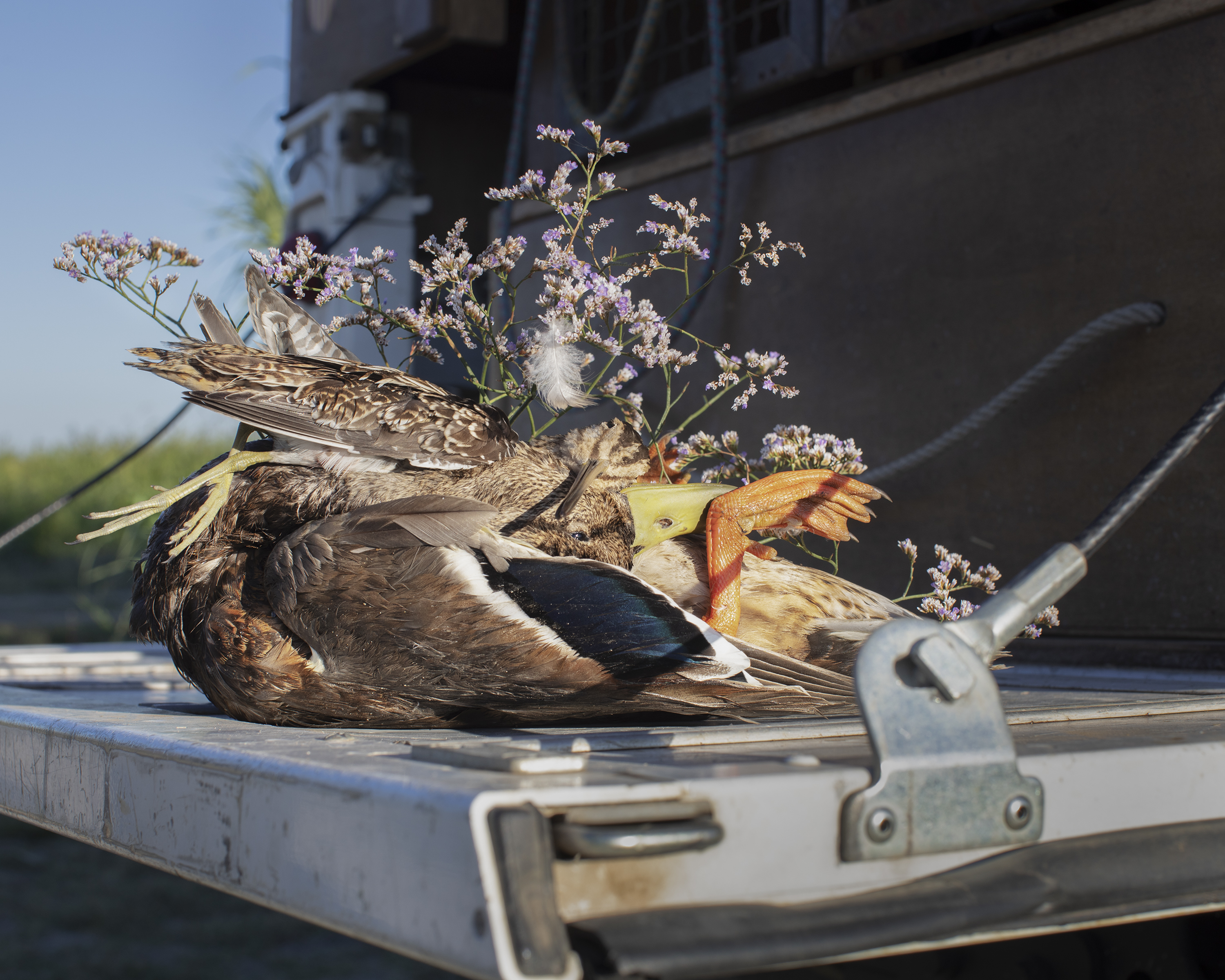
Photo: Camille Farrah Lenain
Around dawn in Camargue, France, Lenain headed out with two women and shared the day with them as they hunted ducks and snipe. “On the way back, one of them picked up this little bouquet as an offering of love,” she says. They positioned the flowers with their kills on the back of the truck. “To me, this embodies so much…my meditation on love and death and killing and caring for each other.”
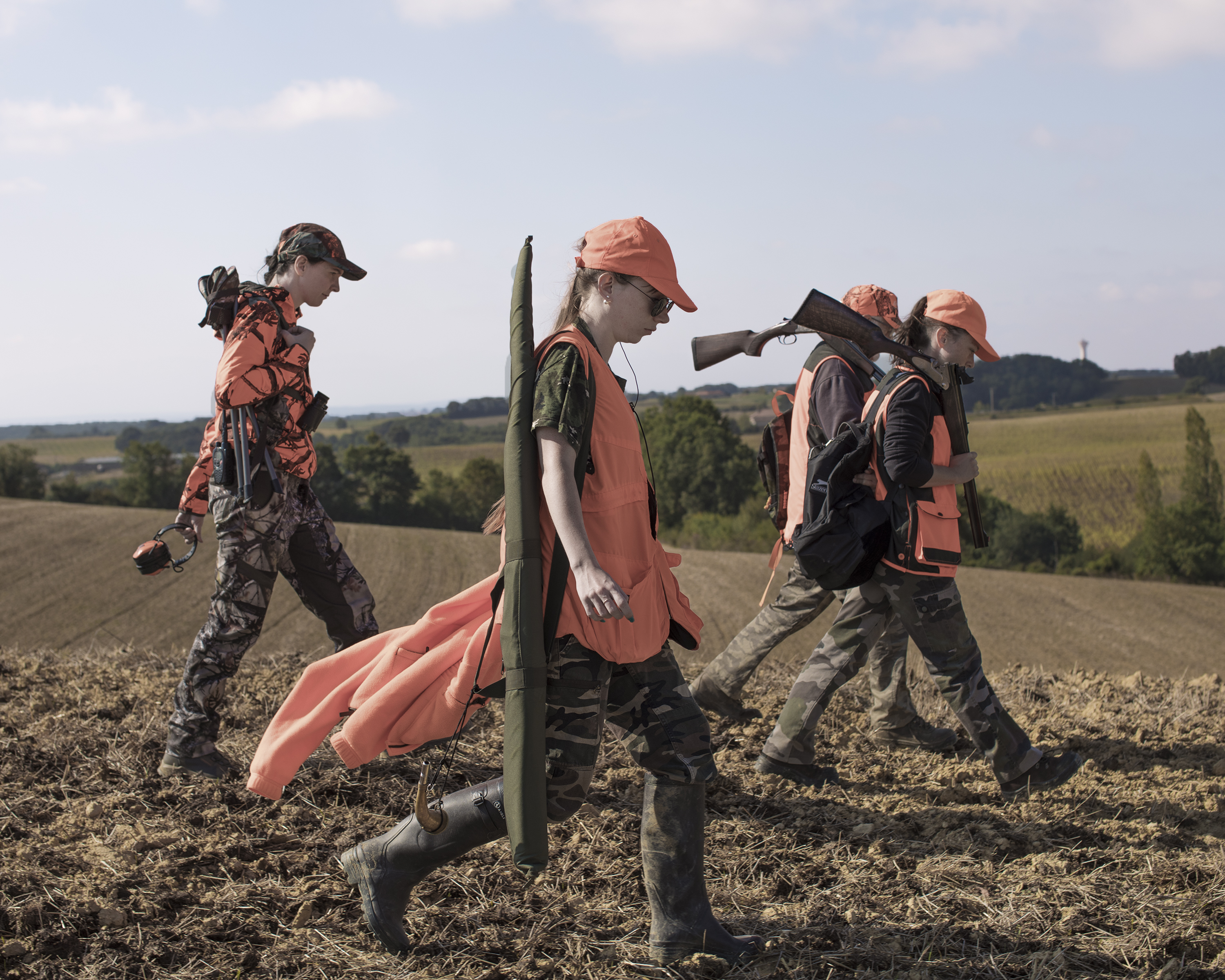
Photo: Camille Farrah Lenain
A group of women in the French Pyrénées head out together for a hunt, as part of a female club that invites women to the sport. “I noticed, being out with women, how much they support each other,” Lenain says. “They are patient, and always ready to give and receive direction.”
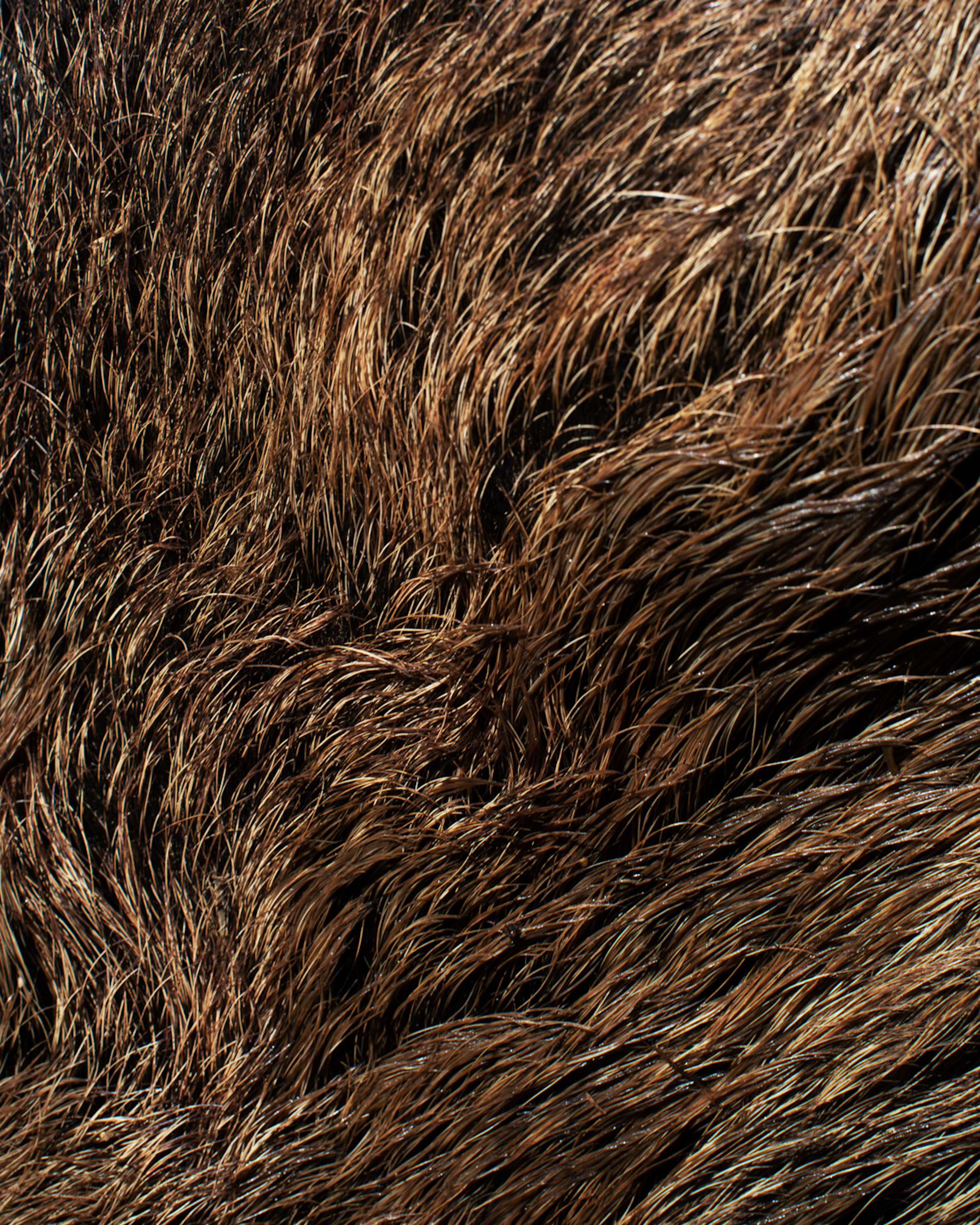
Camille Farrah Lenain
This textural close-up of hog hair is one of Lenain’s favorites in the exhibition. “This photo brings you as close as possible to the animal, to the point of being confusing,” she says. “To me, it represents the consequences of killing…and how intense and how much work it is to bring food onto the plate.”
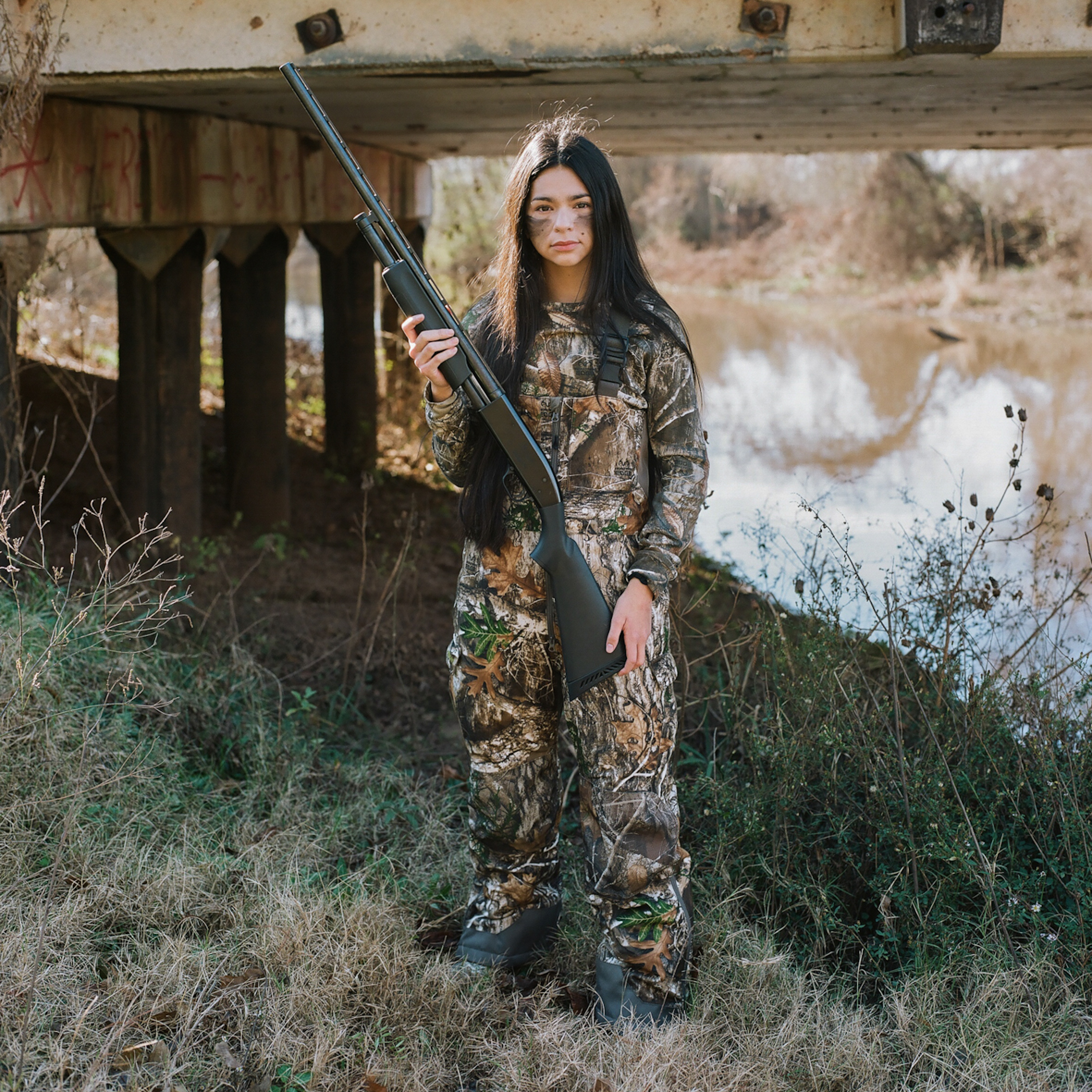
Camille Farrah Lenain
Seventeen-year-old Jenifer of Bunkie, Louisiana, was one of the first women that Lenain photographed. “She told me that she’s the only woman who hunts that she knows of, and that she uses it as a way to explore her indigenous ancestry,” Lenain says. “I love the way that her hair falls so long, almost as long as her gun.”




